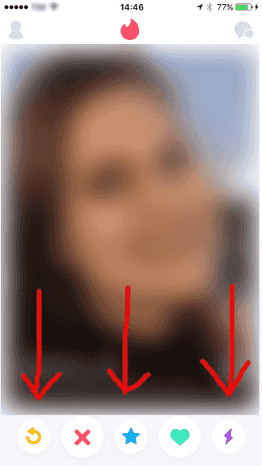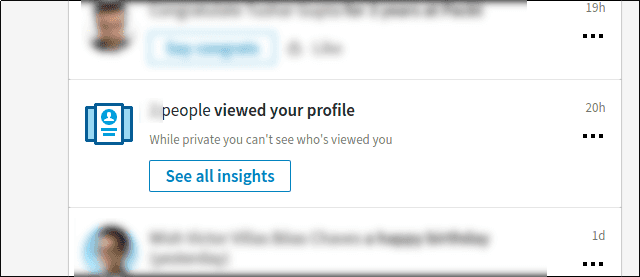Thoughts on App Monetization with Examples from Popular Apps
Last updated:- Focus on the First Purchase
- Make all features (both paid and free) co-exist in the same enviroment
- Give away "free samples" of paid features
WIP Alert This is a work in progress. Current information is correct but more content may be added in the future.
Although there are many monetization models (Subscription, Free+Paid Features, Free+Show Ads) my focus here is mainly on the so-called Freemium model, where the app itself is free or nearly free, but premium features or services are available for a price.
Many points here use Tinder, the dating app, as an example.
This is partly because I have myself used the app in the past (I know how it works) but mainly because Tinder is (as of September 2017) the highest grossing app on Apple's AppStore (more than Candy Crush and Netflix).
Note that more research would need to be done to discover whether there actually is an empirical causal link between these monetization strategies and app revenue.
Focus on the First Purchase
First purchase is of utmost importance. Even a tiny purchase may be useful to "break the ice" and make users more comfortable for further purchases.
Many people see paying for stuff in-app as something for losers, something for people who don't have a life. They don't want to see themselves as those kind of people.
You'll be hard pressed to earn money from someone who has never made a purchase at all on any app, but even if they have bought stuff on other apps (not on your app), there's still a barrier to overcome to turn them into your customers.
You'll be hard pressed to earn money from someone who has never made a purchase at all on any app
This changes when people make that very important first purchase - once they bought their first in-app premium feature/product, they see that it didn't turn them into a loser or anything like that.
Future purchases now become much more likely.
Example:
- For users who have made no purchases yet, give huge discounts (e.g. 80% or 90%) for premium features, to force that first purchase.
Make all features (both paid and free) co-exist in the same enviroment
It is probably good to make it slightly ambiguous whether certain features are paid or not. You want to have all features together, not place all "premium" features under a different tab that users may never click on.
This makes users more likely to try things out - and the act of clicking on a feature and only then being informed that they need to pay to proceed leaves a feeling of an unfinished business (maybe something to do with the Zeigarnik Effect?) in the users' minds, which makes them more likely to eventually pay for that specific feature.
Not only that, but when they only get informed at the last possible moment that they need to pay for some feature, they may be more susceptible for impulse purchases.
Example:
Tinder does this a lot. All "bonuses" such as super likes, rewind and boosts are always available and only when you click on them do you get informed that they're a paid feature.
 Of the 5 button on the interface, 3 refer to Premium (paid) features
Of the 5 button on the interface, 3 refer to Premium (paid) features
(Screenshot from late 2017)- But after you click on that button, you may have already "pictured in your mind" your having that feature and you may therefore be more inclined to purchase it.
Linkedin also seems to think this is a good approach:
 If you click on that button (and aren't a paid subscriber),
If you click on that button (and aren't a paid subscriber),
you will get redirected to the Pricing/Plans page
(Screenshot from late 2017)
Give away "free samples" of paid features
This seems a no-brainer (the more people try out your stuff, the more people will buy it) and, in many respects it is, but there are variations on this and some approaches may work better than others, for example:
Consistent VS Random giveaways.
- It seems to me that consistent giveaways (i.e. you always get an X amount of freebies per week) should work better than random giveaways (i.e. you receive freebies every once in a while, with no specific schedule) because, with recurring giveways, your brain starts counting on having these freebies when the time comes, and such expectation may build up over time, until you actually start buying more of whatever they're offering.
 Of the 5 button on the interface, 3 refer to Premium (paid) features
Of the 5 button on the interface, 3 refer to Premium (paid) features  If you click on that button (and aren't a paid subscriber),
If you click on that button (and aren't a paid subscriber),